Building Climate-Resilience in Agriculture and Water Sectors in Sudan
Project Overview
The goal of this project, "Building Resilience in the Agriculture and Water Sectors to the Adverse Impacts of Climate Change in Sudan", is to contribute to reduce the vulnerability and increase the adaptive capacity of Sudan's agriculture sector to climate change impacts. Following the completion of the National Program of Action (NAPA) for Sudan, the highest priority area for follow-up intervention are those that contribute towards food security under climate change. The objective of the project is to reduce the impact of climate change on food insecurity of small-scale farmers and pastoralists. The project, if successfully implemented, will reduce the vulnerability of rural communities to additional pressures from climate change, including variability. The project focuses on building resilience and adaptive capacity of rural communities relative to their agricultural and water resource management practices, and relative to current and future climate risks.
More specifically, the project will target five critical agro-ecological zones in Sudan in order to encompass complexity of productive systems and modify current coping strategies that are being undermined by increasing climate variability and reoccurring climatic hazards (such as droughts and floods). Project will introduce, concrete innovative adaptation measures, such as water capture, borehole irrigation, in-situ re-introduction of more stress resistant breeds and crop variaties, sand stabilisation and other land management and agronomic techniques. These will help increase robustness and resilience of highly vulnerable rainfed farming and pastoralist systems to climate change risks. By demonstrating viable and cost-effective adaptation options the project will also assist the government of Sudan to improve its food security policies and address critical social vulnerabilities that often underpin resource-based conflicts, aggrevating human security conditions.
For updates on UNDP Early Warning Systems and Climate Resilient Development projects, click here.
Project Details
Sudan's Initial National Communication identified agriculture, water and health as the highest priority sectors where urgent and immediate action is needed to manage the risks of increasing climatic variability and long-term climate change. Sudan's National Adaptation Programme of Action (NAPA), submitted to the UNFCCC in July 2007, identified 32 urgent priority project profiles in these sectors which, according to widespread local stakeholder consensus, are anticipated to reduce the increasing vulnerability of the rural communities to current and future climate change risks. Consistent with guidance for the LDCF the NAPA process also yielded a consensus that the highest priority intervention should be a programme of adaptation-focused interventions with a major focus on the enhancement of food security. Moreover, the programme should build adaptive capacities of the rural population, particularly of rainfed farming and pastoral communities.
This LDCF project seeks to implement such a programme. It will be implemented in five specific rural areas that were identified during the NAPA process as likely to be the hardest hit by recurring climate change induced pressures on food security. Pilot adaptation interventions in the five areas are premised on the underlying rationale that the populations in these areas depend upon rain-fed agriculture and climate change impacts e.g. additional heat stress, greater rates of evapotranspiration, and reduction in water availability, are poised to impose additional risks on already vulnerable livelihoods. There is an urgent need, therefore, to build resilience and adaptive capacity of rural communities relative to their agricultural and water resource management practices, and relative to current and future climate risks.
The goal of the project is to enhance Sudan's resilience and reduce vulnerability to climate change impacts. The objective of the project is to implement an urgent set of adaptation measures, building off priority measures identified during the NAPA process, that will minimize and reverse the food insecurity of small-scale farmers and pastoralists, thereby reducing vulnerability of rural communities from increasing climatic variability and climate change. More specifically, the project has a major focus on building resilience and adaptive capacity of rural communities relative to their agricultural and water resource management practices, and relative to current and future climate risks.
The project will have three major outcomes. First, the resilience of food-production systems and food-insecure communities will be enhanced. This will achieved principally through the implementation of pilot adaptation measures. Second, institutional and individual capacities to support and promote climate risk management responses in the agriculture sector will be strengthened by capacity building to incorporate climate change risks into on-going and future national development planning. Third, a systematic understanding of lessons learned and emerging best practices will be synthesized in order to provide important lessons on what does and does not work in improving resilience of vulnerable communities in Sudan.
The first outcome targets the implementation of proactive adaptation measures to enhance the resilience and adaptive capacity of smallholder farmers in the five areas who are particularly vulnerable to the impacts of climate change, especially drought. The second and the third outcomes target the adaptive capacity of the individuals and institutions responsible for integrating climate risks into on going development planning.
Source: UNDP Sudan Project Document (June 30, 2009)
Key Results and Outputs
- Outcome 1: Resilience of food-production systems and food-insecure communities enhanced in the face of climate change.
- Output 1.1: Measures, such as such as borehole irrigation, rainfall and water catchment basins to enhance communal water storage systems water supply and reduce vulnerability to water scarcity (and flash-flood frequency) in the River Nile State, Northern Kordofan State, Gedarif State, Southern Darfur State, and Central Equatoria State
- Output: 1.2: Measures, such as modification of livestock size and profile introduced to improve animal production and to increase adaptive capacity to climatic change implemented in the Nile State and Southern Darfur State to increase adaptive capacity to climatic change implemented in the Nile State and Southern Darfur State
- Output 1.3: Measures, such as introduction of drought resistant varieties and integrated pest management techniques introduced to improve crop production and to increase adaptive capacity to climatic change implemented in the Nile State and Southern Darfur State
- Output 1.4: Measures, such as re-introduction of stress resistant rangeland seedling varieties introduced to enhance rangelands productivity in the Northern Kordofan State; Gedarif State
- Output 1.5: Measures, such as sand stabilization to combat sand dune encroachment on arable lands in the Northern Kordofan State and Southern Darfur State
- Output 1.6: A village level micro-finance institutions (revolving, risk absorption, livestock fund,) established in target communities to build adaptive capacity and livelihood resilience in Northern Kordofan State Measures, such as introduction of drought resistant varieties and integrated pest management techniques introduced to improve crop production and
- Outcome 2: Institutional and individual capacities to implement climate risk management responses in the agriculture sector strengthened
- Output 2.1: Climate change awareness and risk management integrated into extension programs to strengthen local capacity to address climate risks into livelihood activities.
- Output 2.2: Participatory Early Warning Mechanism designed and tested in the selected pilot regions
- Output 2.3: Local leadership councils and/or Resource Users Association established to facilitate stakeholder engagement and ownership of pilot adaptation projects
- Outcome 3: A better understanding of lessons learned and emerging best practices, captured and up-scaled at the national level
- Output 3.1: National menu of best practices developed for replication
- Output 3.2: National food security policy prepared on the basis of lessons learned, including budgets for country wide up-scaling
- Output 3.3: Lessons codified and disseminated through the ALM
- Output 3.4: Lessons codified and disseminated throughout Sudanese institutions
Source: UNDP Sudan Project Document (June 30, 2009)
Programme Meetings and Workshops
Regional workshop – Khartoum, 1- 4 June 2015: ASSESSING IMPACT OF ADAPTATION INTERVENTIONS USING THE TRACKING ADAPTATION AND MEASURING DEVELOPMENT FRAMEWORK (TAMD)
"Climate change: If you can’t beat it, adapt to it”
With the increasing recognition that climate change and development are inextricably linked, enhanced action has been undertaken – particularly in Sudan – to strengthen community resilience to climate impacts as a means of advancing development outcomes. However, while implementation of these adaptation activities is essential, it is not enough. Systematically measuring and tracking this action is important in order to demonstrate concrete linkages between climate change and development, help identify successful approaches for replication and scaling up, and to help incentivize support from emerging sources of funds.
To pursue this aim in Sudan, a national training was held to put in place a framework for systematically measuring and tracking the impact of climate change adaptation initiatives on development outcomes. The 4 day training focused on applying the methodology Tracking Adaptation and Measuring Development, developed by the International Institute for Environment and Development. TAMD is a twin-track framework that evaluates adaptation success as a combination of how well countries or institutions manage climate risks and how successfully adaptation interventions reduce vulnerability and keep development on progress.
The training focused on two important UNDP-supported adaptation initiatives in Sudan: Building Climate-Resilience in Agriculture and Water Sectors in Sudan (NAPA), supported by the Government of Canada and GEF, and Climate Risk Finance for Rain-fed Farming in Sudan (CRF), supported by the GEF’s Least Developed Countries Fund. Both of these initiatives are being implemented by the Higher Council for Environment and Natural Resources of the Sudan (HCENR).
HCENR and UNDP jointly organized the workshop, with training supported by LTS Africa, in collaboration with the Canada-UNDP Climate Change Adaptation Facility, a global project supported by Canada which aims to document results and share experiences between six countries engaged in Canada-supported adaptation projects. Participants of the training included 40 representatives of state governments, field staff, and project teams from the 6 states in Sudan which are engaged in the NAPA and CRF initiatives, namely: River Nile State, Gedarif State, South Darfur State, North Kordofan State, Kassala State, and the White Nile State.
The workshop aimed to introduce TAMD to be applied under the two initiatives, and put in place frameworks to identify key indicators and data sources to collect throughout the project lifetime, in order to measure impact. The main objectives included enhancing the trainee’s knowledge and understanding of:
- linkages between adaptation/resilience and development processes.
- key elements, components and tools for participatory monitoring and evaluation of climate change adaptation actions at community level, with a focus on Theory of Change.
- tools required to measure climate risk management at sub-national levels, with a focus on the Scorecard
- tools that can be used to collect baseline, monitoring and outcome adaptation data.
A hands-on approach was applied throughout the sessions, as participants had multiple opportunities to apply what they were learning through group work and presentations. Each group was given the chance to present their ideas, exchange knowledge and understand topics in an engaging and highly participatory way.
In addition to the presentations and the group exercises, participants also learned how to facilitate a community-based participatory approach to designing monitoring systems. They then had the opportunity to test what they learned with the community at Alrawakeeb rural area about 28 miles south of Omdurman city. Members of the Alrawakeeb community hosted the trainees for a half day, where they could practice developing a Theory of Change framework driven by community needs and vision.
As a key output of the training, each State developed their own Theory of Change for the activities undertaken through the NAPA and CRF Projects in their state. These will be further refined and finalized after the workshop, in consultation with beneficiary communities, to identify key data to collect throughout the project. This will provide a systematic way of tracking progress and measuring the impact of these initiatives.
A full workshop report is available here. For further information, please contact Adil Seedahmed (adil.seedahmed@undp.org), or Jennifer Baumwoll Jennifer.baumwoll@undp.org.
Reports and Publications
Reports and Publications of relevance to Country Teams
Project Brief / Fact Sheet
Project Brief: Mise en Oeuvre d'Interventions Prioritaires pour Accroitre la Résilience des Secteurs de l'Agriculture et de l'Eau aux Impacts Negatifs des Changements Climatiques au Soudan (2015)
Project Brief: Implementing Priority Interventions to Build Resilience in the Agriculture and Water Sectors to the Adverse Impacts of Climate Change in Sudan (2015)
Case Study
Case Study: Using a Rural Financing mechanism - Sandug - to Scale up Climate Change Adaptation in Sudan
Étude de Cas: Unitiser un Mécanisme de Financement Rural le 'Sandug,' pour Diffuser des Mesures d'Adaptation aux Changements Climatiques au Sudan
Training & Tools
Assessing Impact of Adaptation Interventions Using the Tracking Adaptation and Measuring Development Framework (TAMD)
ProDocs
Multimedia
Canada-UNDP Climate Change Adaptation Facility: Experiences from Sudan
This video illustrates specific activities and impressive results emerging from the climate change adptation project being implemented in Sudan. Focusing primarily on the State of North Kordofan, resilient agricultural and water management practice are being introduced to address food security and water scarcity issues exacerbated by climate change. This work is part of a project supported by the Global Environment Fund's Least Developed Countries Fund, and the Government of Canada.
Building Climate-Resilience in Agriculture and Water Sectors in Sudan
The goal of this project, "Building Resilience in the Agriculture and Water Sectors to the Adverse Impacts of Climate Change in Sudan", is to contribute to reduce the vulnerability and increase the adaptive capacity of Sudan's agriculture sector to climate change impacts. The project focuses on building resilience and adaptive capacity of rural communities relative to their agricultural and water resource management practices, and relative to current and future climate risks.
Monitoring and Evaluation
Project Start:
Project Inception Workshop: will be held within the first 2 months of project start with those with assigned roles in the project organization structure, UNDP country office and where appropriate/feasible regional technical policy and programme advisors as well as other stakeholders. The Inception Workshop is crucial to building ownership for the project results and to plan the first year annual work plan.
Daily:
Day to day monitoring of implementation progress: will be the responsibility of the Project Manager, based on the project's Annual Work Plan and its indicators, with overall guidance from the Project Director. The Project Team will inform the UNDP-CO of any delays or difficulties faced during implementation so that the appropriate support or corrective measures can be adopted in a timely and remedial fashion.
Quarterly:
Project Progress Reports (PPR): quarterly reports will be assembled based on the information recorded and monitored in the UNDP Enhanced Results Based Management Platform. Risk analysis will be logged and regularly updated in ATLAS.
Annually:
Annual Project Review/Project Implementation Reports (APR/PIR): This key report is prepared to monitor progress made since project start and in particular for the previous reporting period (30 June to 1 July). The APR/PIR combines both UNDP and GEF reporting requirements.
Periodic Monitoring through Site Visits: UNDP CO and the UNDP RCU will conduct visits to project sites based on the agreed schedule in the project's Inception Report/Annual Work Plan to assess first hand project progress. Other members of the Project Board may also join these visits. A Field Visit Report/BTOR will be prepared by the CO and UNDP RCU and will be circulated no less than one month after the visit to the project team and Project Board members.
Mid-Term of Project Cycle:
Mid-Term Evaluation: will determine progress being made toward the achievement of outcomes and will identify course correction if needed. It will focus on the effectiveness, efficiency and timeliness of project implementation; will highlight issues requiring decisions and actions; and will present initial lessons learned about project design, implementation and management. Findings of this review will be incorporated as recommendations for enhanced implementation during the final half of the project's term.
End of Project:
Final Evaluation: will take place three months prior to the final Project Board meeting and will be undertaken in accordance with UNDP and GEF guidance. The final evaluation will focus on the delivery of the project’s results as initially planned (and as corrected after the mid-term evaluation, if any such correction took place). The final evaluation will look at impact and sustainability of results, including the contribution to capacity development and the achievement of global environmental benefits/goals. The Terminal Evaluation should also provide recommendations for follow-up activities.
Project Terminal Report: This comprehensive report will summarize the results achieved (objectives, outcomes, outputs), lessons learned, problems met and areas where results may not have been achieved. It will also lie out recommendations for any further steps that may need to be taken to ensure sustainability and replicability of the project's results.
Learning and Knowledge Sharing:
Results from the project will be disseminated within and beyond the project intervention zone through existing information sharing networks and forums.
The project will identify and participate, as relevant and appropriate, in scientific, policy-based and/or any other networks, which may be of benefit to project implementation though lessons learned. The project will identify, analyze, and share lessons learned that might be beneficial in the design and implementation of similar future projects.
Establish a two-way flow of information between this project and other projects of a similar focus.
Source: UNDP Sudan Project Document (June 30, 2009)
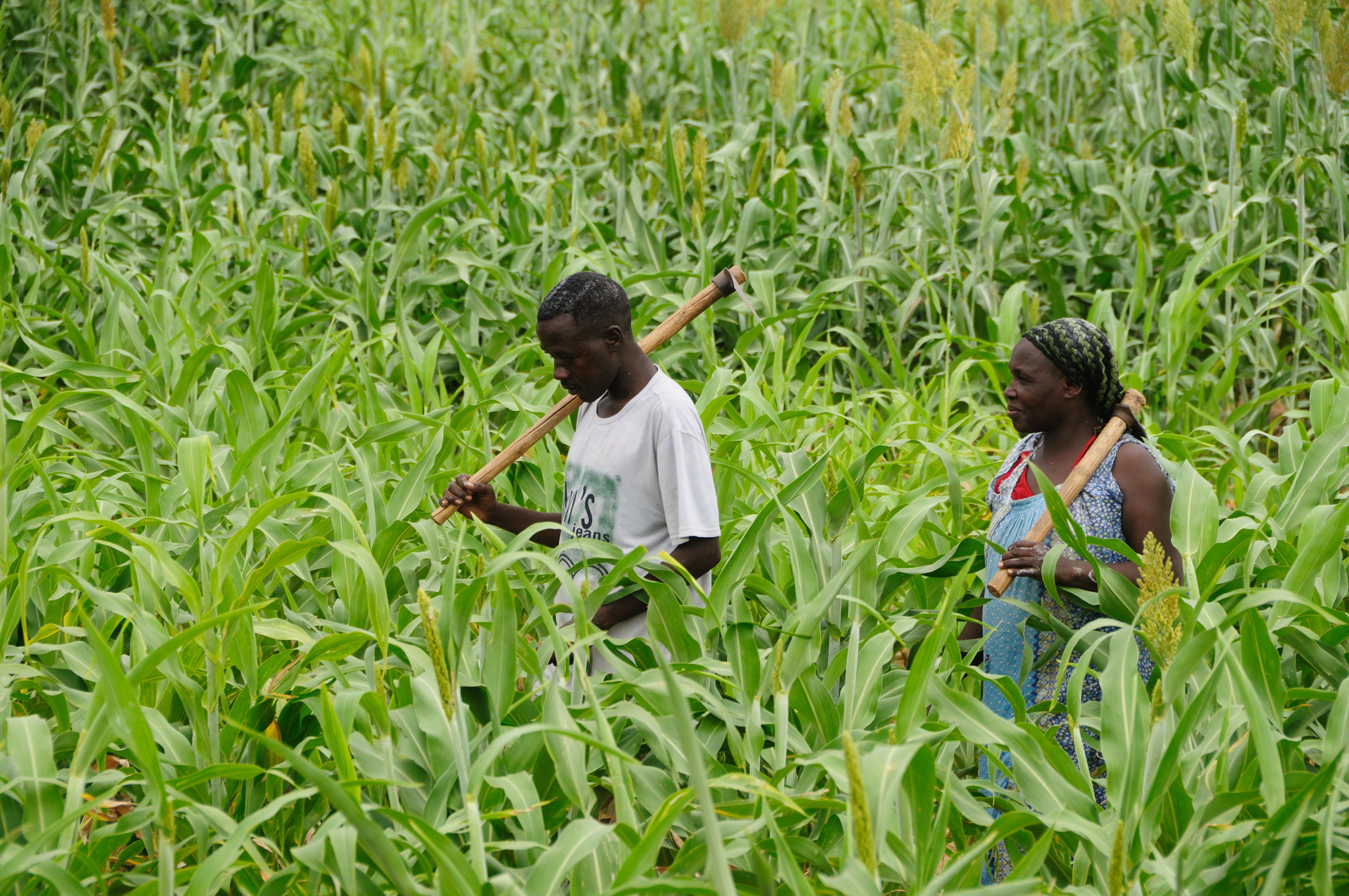


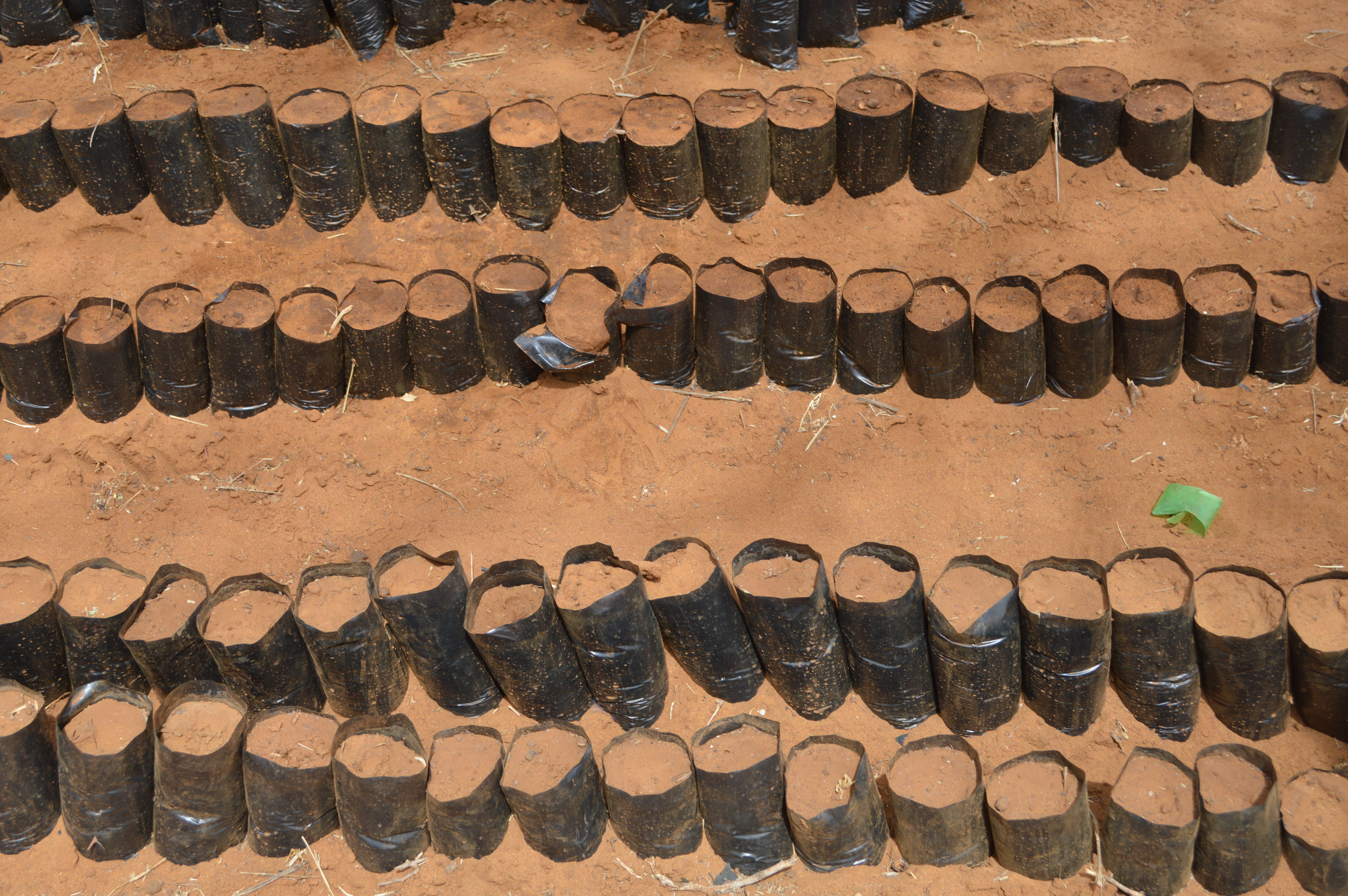
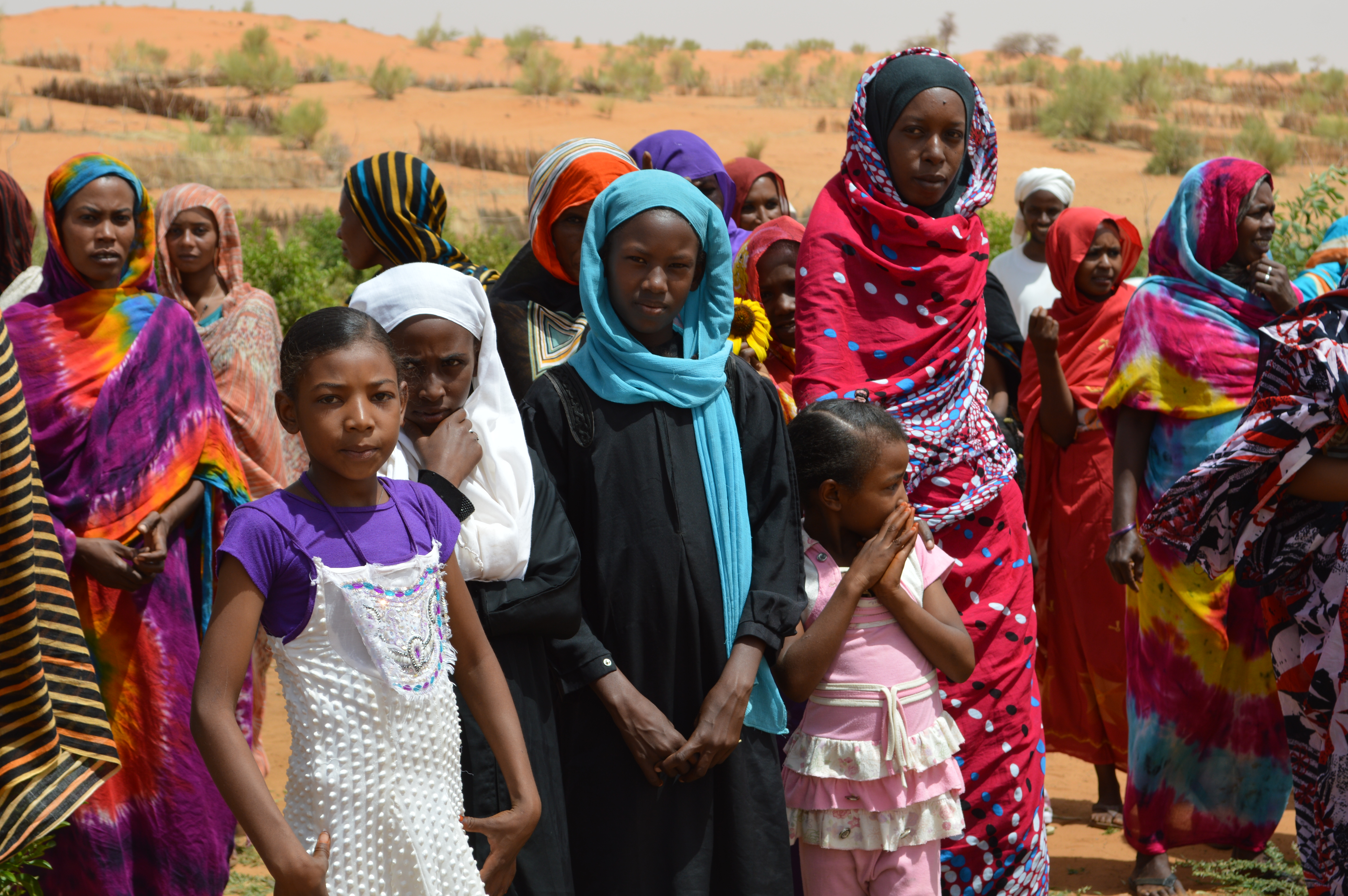
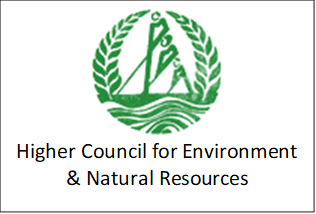


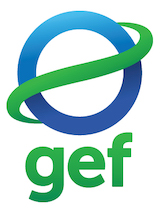

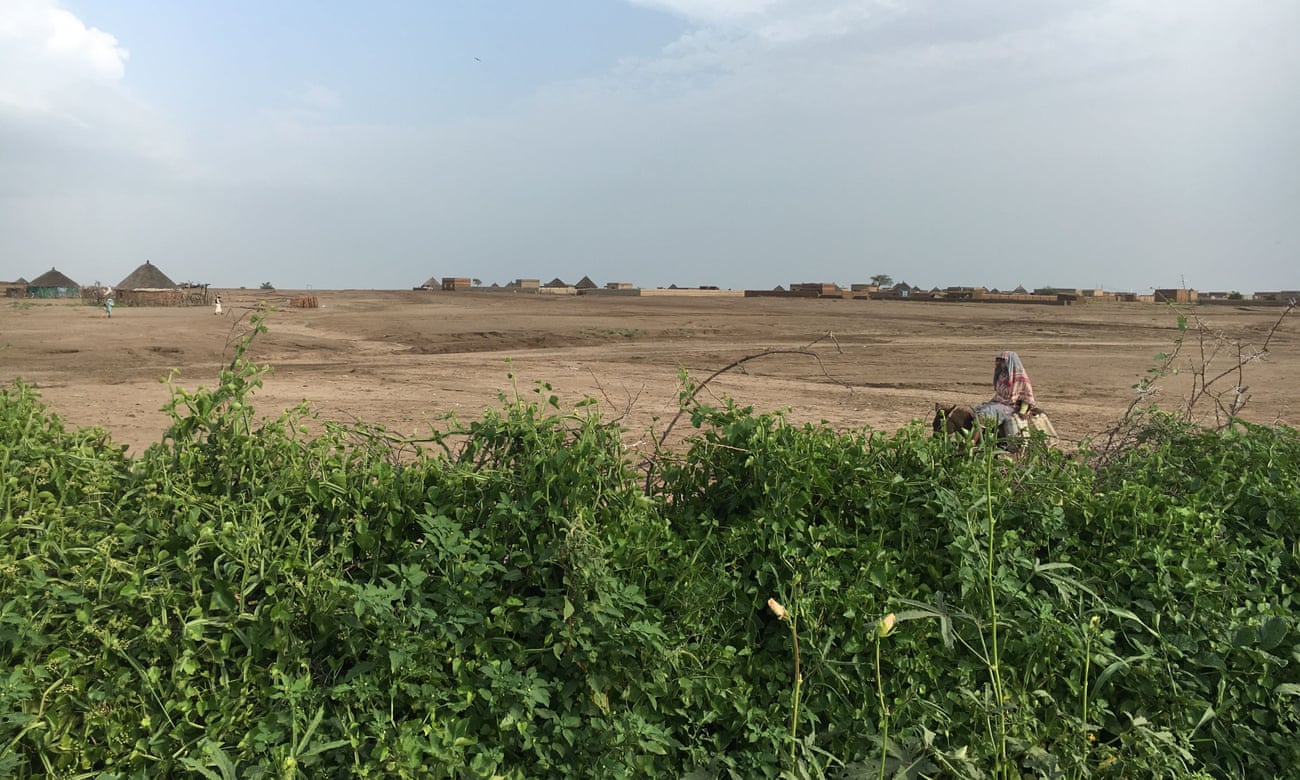 The Guardian, 19 December 2016: Farmers in Sudan battle climate change and hunger as desert creeps closer
The Guardian, 19 December 2016: Farmers in Sudan battle climate change and hunger as desert creeps closer